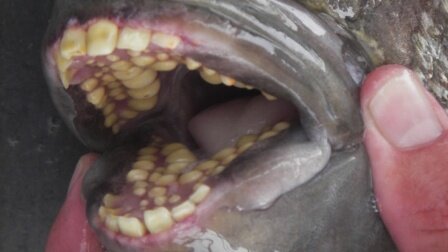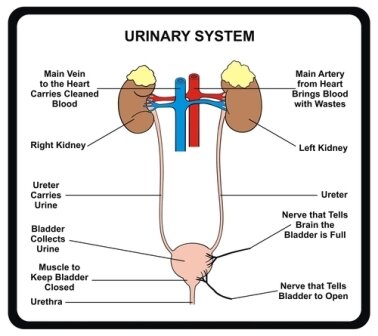One of these following facts about teeth might give you much information about it. Teeth (pl) are small, calcified, whitish structure found in the jaws (or mouths) of many vertebrates and used to break down food. Some animals, particularly carnivores, also use teeth for hunting or for defensive purposes. The roots of teeth are covered by gums. Teeth are not made of bone, but rather of multiple tissues of varying density and hardness. The cellular tissues that ultimately become teeth originate from the embryonic germ layer, the ectoderm. To get to know more about teeth, here are some other facts about teeth you might be interested in.
Facts about teeth 1: Teeth
The general structure of teeth is similar across the vertebrates, although there is considerable variation in their form and position. The teeth of mammals have deep roots, and this pattern is also found in some fish, and in crocodilians.
Facts about teeth 2: Shape
The shape of the animal’s teeth are related to its diet. For example, plant matter is hard to digest, so herbivores have many molars for chewing and grinding. Carnivores, on the other hand, need canines to kill prey and to tera meat.
Facts about teeth 3: Forming
Teeth are not always attached to the jaw, as they are in mammals. In many reptiles and fish, teeth are attached to the palate or to the floor of the mouth, forming additional rows inside those on the jaws proper. Some teleosts even have teeth in the pharynx.
Facts about teeth 4: Pattern
The pattern of incisors, canines, premolars and molars is found only in mammals, and to varying extents, in their evolutionary ancestors. The numbers of these types of teeth varies greatly between species; zoologists use a standardized dental formula to describe the precise pattern in any given group.
Facts about teeth 5: Canines
In dogs, the teeth are less likely than humans to form dental cavities because of the very high pH of dog saliva, which prevents enamel from demineralizing.
Facts about teeth 6: Cetaceans
Like human teeth, whale teeth have polyp-like protrusions located on the root surface of the tooth. These polyps are made of cementum in both species, but in human teeth the protrusions are located on the outside of the root, while in whales the nodule is located on the inside of the pulp chamber.
Facts about teeth 7: Fishes’ Teeth
Fish, such as sharks, may go through many teeth in their lifetime. The multiple replacement of teeth is known as polyphydontia.
Facts about teeth 8: Salivas’ Function
Your mouth produces over 25,000 quarts of saliva in a lifetime: that’s enough to fill two swimming pools. Saliva has many uses, including assisting you with your digestion and protects your teeth from bacteria in your mouth.
Facts about teeth 9: Tooth Knocked Out
If you get your tooth knocked out, put it in milk and hold it in your mouth: this will help your tooth to survive longer. Make sure you see a dentist right away.
Facts about teeth 10: Reptiles’ Teeth
Once adult, tooth replacement rates can slow to two years and even longer. Overall, crocodilians may use 3,000 teeth from birth to death. New teeth are created within old teeth.
Hope you would find those teeth facts really interesting and useful for your additional reading.









